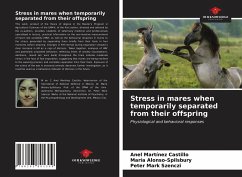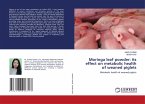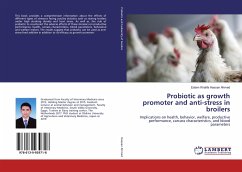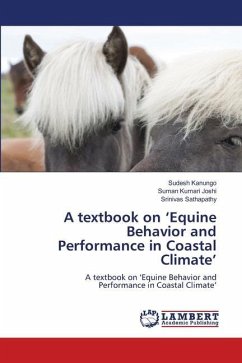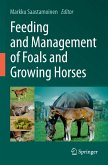This work, product of the thesis of degree in the Master's Program in Agricultural Sciences of the UAM-X, of the first author, directed and advised by the co-authors, provides students of veterinary medicine and professionals specialized in horses, practical information on the non-invasive measurement of heart rate variability (HRV), as well as the behavioral response in mares to the stress generated by separating them briefly from their foals in four moments before weaning. Changes in R-R interval during separation showed a clear increase in HR as a sign of distress. Taken together, analyses of HRV and potentially unwanted behaviors reflecting levels of anxiety (vocalizations, alertness, raised tail, ears back) throughout the trials indicate moderate stress in the face of foal separation, suggesting that mares are being resilient to the weaning process and complete separation from their foals. Exposure of the sclera of the eye in stressed animals deserves further investigation, as it could be used as a behavioral indicator of distress in the future.
This work, product of the thesis of degree in the Master's Program in Agricultural Sciences of the UAM-X, of the first author, directed and advised by the co-authors, provides students of veterinary medicine and professionals specialized in horses, practical information on the non-invasive measurement of heart rate variability (HRV), as well as the behavioral response in mares to the stress generated by separating them briefly from their foals in four moments before weaning. Changes in R-R interval during separation showed a clear increase in HR as a sign of distress. Taken together, analyses of HRV and potentially unwanted behaviors reflecting levels of anxiety (vocalizations, alertness, raised tail, ears back) throughout the trials indicate moderate stress in the face of foal separation, suggesting that mares are being resilient to the weaning process and complete separation from their foals. Exposure of the sclera of the eye in stressed animals deserves further investigation, as it could be used as a behavioral indicator of distress in the future.
This work, product of the thesis of degree in the Master's Program in Agricultural Sciences of the UAM-X, of the first author, directed and advised by the co-authors, provides students of veterinary medicine and professionals specialized in horses, practical information on the non-invasive measurement of heart rate variability (HRV), as well as the behavioral response in mares to the stress generated by separating them briefly from their foals in four moments before weaning. Changes in R-R interval during separation showed a clear increase in HR as a sign of distress. Taken together, analyses of HRV and potentially unwanted behaviors reflecting levels of anxiety (vocalizations, alertness, raised tail, ears back) throughout the trials indicate moderate stress in the face of foal separation, suggesting that mares are being resilient to the weaning process and complete separation from their foals. Exposure of the sclera of the eye in stressed animals deserves further investigation, as it could be used as a behavioral indicator of distress in the future.

